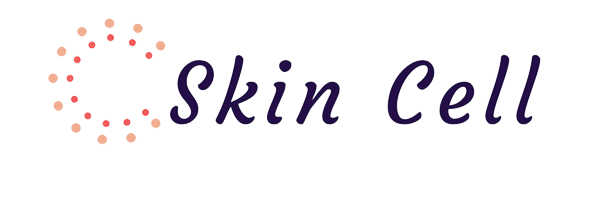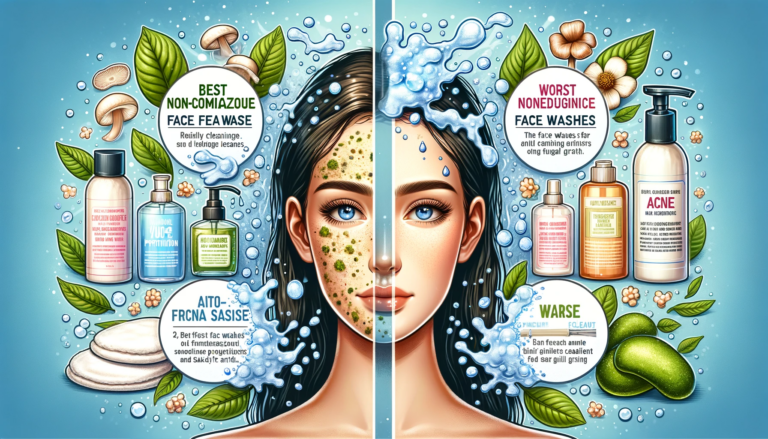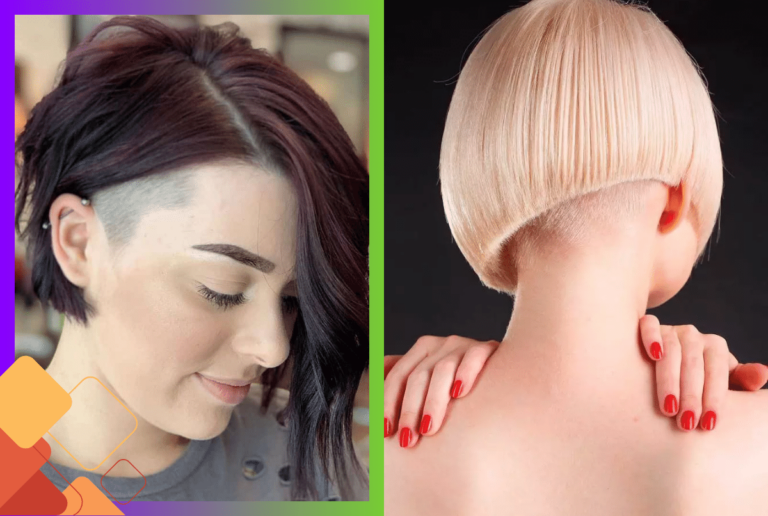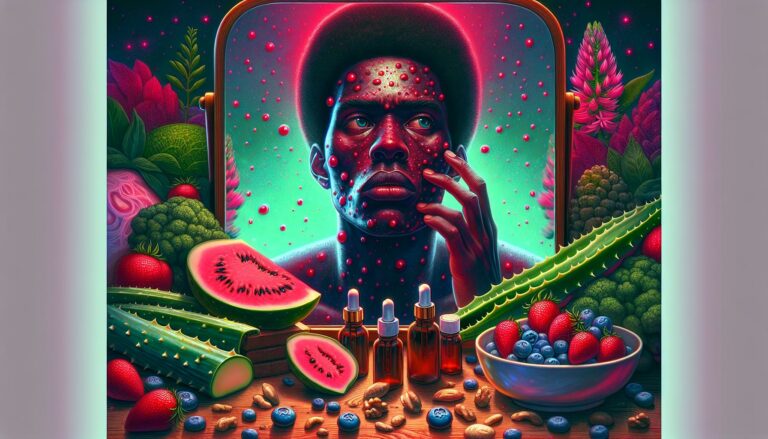What Causes Acne During Ovulation?
Ever wondered why your skin suddenly breaks out around ovulation?
You’re not alone in this puzzling and often frustrating experience. Many women find themselves grappling with acne during this key phase of their menstrual cycle, leading to a quest for answers and solutions.
The culprit behind these unwelcome skin flare-ups is a complex interplay of hormonal changes that occur during ovulation, a period marked by significant shifts in your body’s hormonal balance. Understanding these hormonal dynamics is crucial for managing ovulation-related acne and maintaining clear, healthy skin.
Well, we’ll be going over:
- How do hormonal changes during ovulation lead to increased oil production and acne?
- What role do hormonal imbalances play in exacerbating skin conditions during this phase?
- How can you effectively manage and prevent acne that flares up during ovulation?
Let’s dive in.

Hormonal changes during ovulation
During ovulation, your body undergoes significant hormonal shifts, which can directly affect your skin’s condition. The primary hormones involved in this phase are estrogen and progesterone, both of which see a sharp increase. Estrogen peaks first, leading to the release of an egg, followed by a rise in progesterone to prepare the uterus for potential pregnancy.
This hormonal rollercoaster doesn’t just impact your reproductive system—it can also lead to skin changes. The increase in progesterone stimulates your oil glands, producing more sebum. This excess oil can clog pores, creating the perfect environment for acne to develop. It’s not just about more oil; these hormones can also thicken the hair follicle lining, making it harder for the skin to shed dead cells.
Understanding the intricate balance of hormones during ovulation is key to managing skin health. Your body’s natural cycle can play a significant role in recurring acne outbreaks, especially around the ovulation period.
Increased oil production
During ovulation, your body undergoes significant hormonal shifts. One of the primary culprits behind acne flare-ups during this phase is Increased oil production. The surge in hormones, particularly progesterone, signals your oil glands to go into overdrive. This isn’t just a small uptick in oil; it’s a notable increase that can leave your skin feeling greasier than usual.
As your skin produces more oil, the likelihood of pores becoming clogged rises sharply. These clogs are breeding grounds for bacteria, leading to inflamed skin and acne. It’s a chain reaction – more oil means more clogs, and more clogs mean more acne. Managing this increased oil production is key to preventing the domino effect that leads to breakouts.
Hormonal imbalances and acne
When diving into what causes acne during ovulation, it’s crucial to understand the role of hormonal imbalances. During ovulation, your body experiences a surge in hormones like estrogen and progesterone. While these fluctuations are normal, they can wreak havoc on your skin. Progesterone, in particular, ramps up your skin’s oil production. This excess oil, or sebum, doesn’t just leave your skin feeling greasier; it’s a key player in the development of acne.
Estrogen and progesterone aren’t the only hormones at play. Androgens, male hormones present in both genders, also increase during ovulation. This increase can further stimulate the oil glands, making the situation worse. The interaction between these hormones can lead to a perfect storm where oil glands are overactive, skin cells become stickier, and pores get clogged more easily.
To manage these hormonal imbalances, it’s important to target the root cause. Adopting a skincare routine that addresses excess oil and helps keep your pores clear can mitigate the impact of these hormonal changes. Look for products that are non-comedogenic and formulated to combat oily skin.
The role of androgens
Androgens, often thought of as male hormones, play a key role in skin health for everyone. During ovulation, there’s a subtle but significant shift in your hormone balance, which includes an increase in androgens like testosterone. This surge doesn’t just impact your mood and energy levels—it directly influences your skin’s oil production.
Why does this matter for acne? Well, androgens stimulate the oil glands in your skin. When these glands get the signal to produce more oil, the outcome is often shinier skin and, unfortunately, clogged pores. It’s the perfect storm for acne. This excess oil acts as a magnet for dirt and bacteria, which settle into the pores and can lead to inflammation, or what you see as a breakout.
But it’s not all bad news. Understanding the role of androgens means you can tailor your skincare routine to these hormonal fluctuations. Opting for products that regulate oil production and maintain a clear complexion is essential. Look for ingredients like salicylic acid and niacinamide, which are proven to combat oiliness and keep those androgen levels in check without stripping your skin of its natural moisture.
Managing ovulation-related acne
Understanding what triggers acne during ovulation is key to managing it. Given the significant role hormones play, tailoring your skincare routine to counteract these effects can make a world of difference. Here’s how you can keep your skin clear:
- Adjust Your Skincare Products: Opt for non-comedogenic and oil-free products that prevent pore-clogging. Ingredients like salicylic acid and niacinamide are your allies, offering to regulate oil production and maintain skin’s moisture balance without exacerbating oiliness.
- Maintain a Consistent Routine: Stick to a gentle cleansing regimen both morning and night. Over-washing can strip your skin of its natural oils, prompting it to produce even more oil as compensation. Incorporating an exfoliator once or twice a week can help remove dead skin cells and keep pores clear.
- Stay Hydrated: Drinking plenty of water supports natural detoxification and helps maintain optimal skin hydration levels, reducing the likelihood of excess oil production.
By integrating these steps into your skincare routine, you’ll be equipped to tackle the challenges posed by ovulation-related acne effectively.
Conclusion
Understanding the intricate dance of hormones during ovulation is key to managing acne flare-ups. It’s the surge in progesterone and androgens that puts your skin’s oil production on overdrive, leading to those unwelcome breakouts.
But armed with the right knowledge and skincare strategies, you’re now better positioned to navigate these hormonal waves. Adjusting your skincare routine to accommodate these changes, staying consistent, and keeping hydrated can make a significant difference.
Remember, tackling ovulation-related acne isn’t just about reacting to breakouts but preemptively caring for your skin by understanding and working with your body’s natural rhythms. With these insights, you’re well on your way to maintaining a clearer, healthier complexion throughout your cycle.






